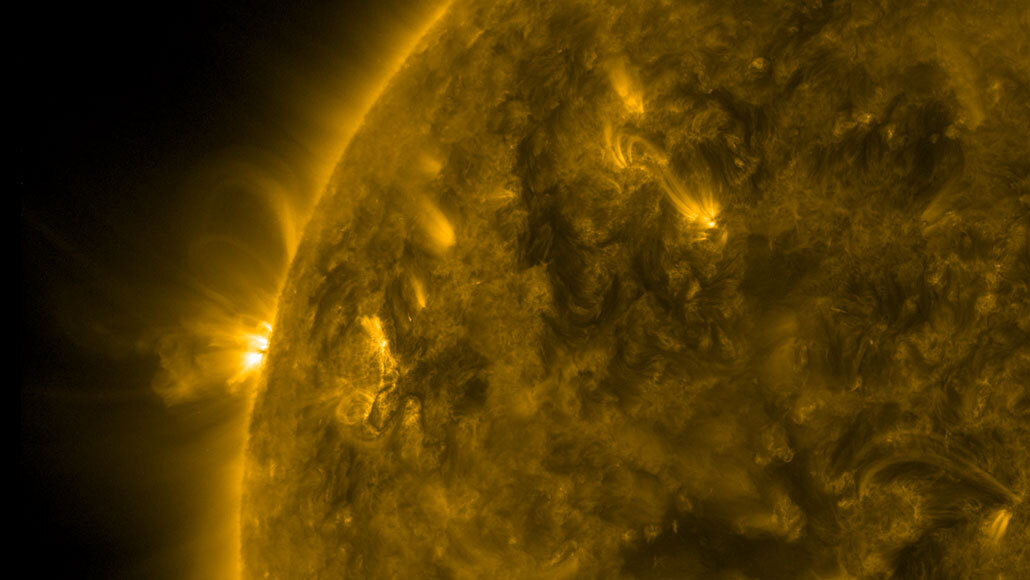
The sun’s magnetic field drives loops of plasma to fly off its surface, as shown in this image from NASA’s Solar Dynamics Observatory. Changes in a star’s magnetism can show up as changes in its brightness.
Solar Dynamics Observatory/GSFC/NASA

The sun’s magnetic field drives loops of plasma to fly off its surface, as shown in this image from NASA’s Solar Dynamics Observatory. Changes in a star’s magnetism can show up as changes in its brightness.
Solar Dynamics Observatory/GSFC/NASA